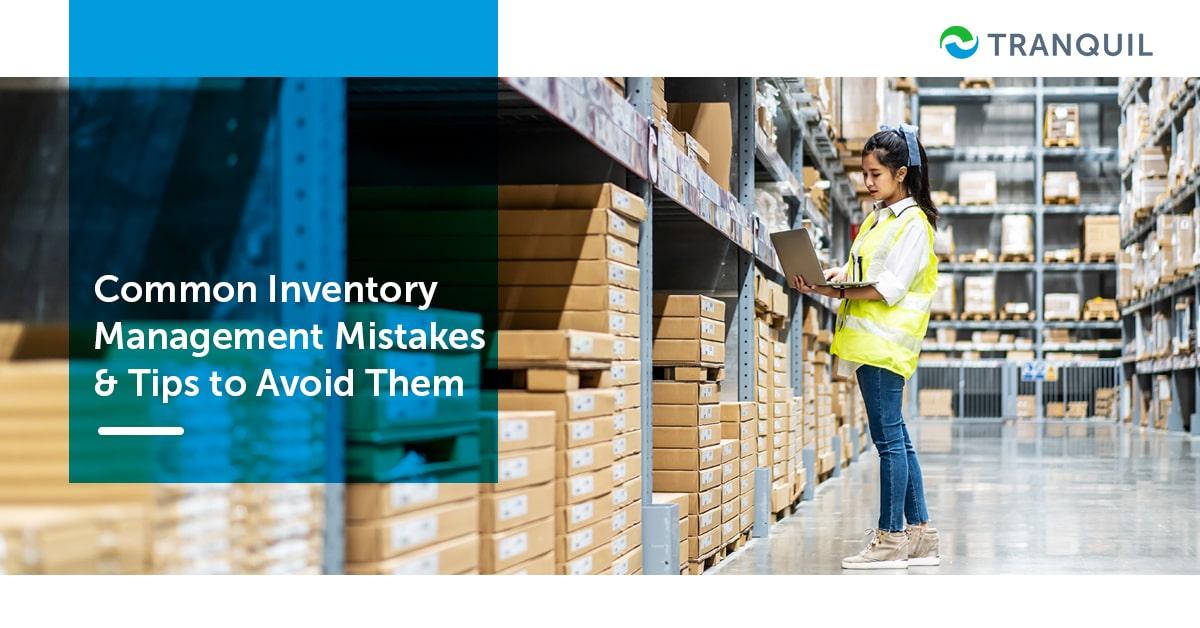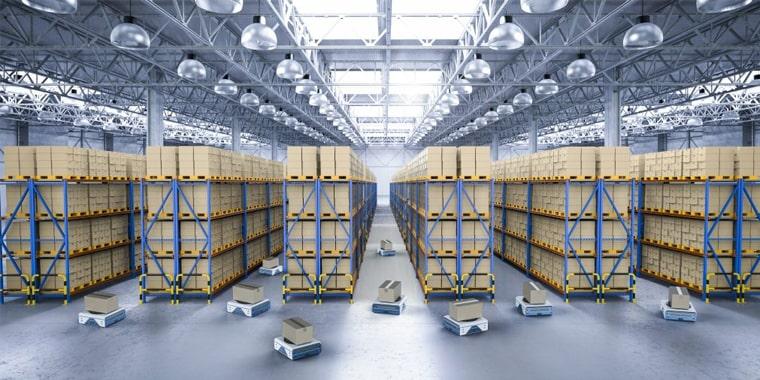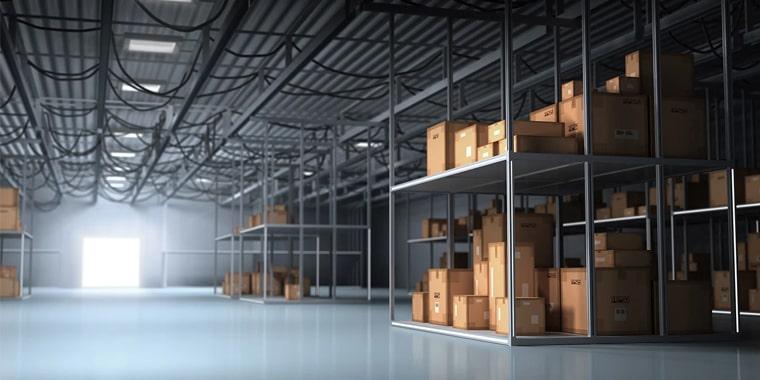
We can agree that for efficient and transparent business operations, it is imperative that you manage your inventory properly.
Unfortunately, several businesses make inventory management mistakes and end up spending too much time, money and effort.
All is not lost!
You just need to be aware of the mistakes, understand them, and be prepared to rectify them before they cause too much damage.
Most of the mistakes occur because of a lack of automation.
Tranquil is a robust ERP solution that helps you streamline your inventory management and save you considerable effort and expenditure.
ERP system helps increase employee productivity, implement more efficient workflows, improves relationships with vendors, customers, and other stakeholders, and delivers better forecasts.
Additionally, by being proactive, and with a little foresight, you may even be able to avoid making these mistakes altogether.
This is one of the worst inventory mistakes you can make.
It is essential that you centralize the company’s product catalogue using some software tool.
This should include important information that helps inventory management.
In the absence of a proper catalogue that has information about not just active products, but also obsolete ones, your inventory management won’t be thorough.
It is the basic document that aids inventory management and helps you gain efficiency.
Make sure the document includes the following info:
ALSO READ: ERP in Accounting and Financial Management
It is absolutely vital that you properly assess the performance of your supply chain as well as inventory management.
The best way to do this is by measuring two KPIs – life expectancy of stock and customer availability rate.
If your business manages huge quantities, add a couple more like inventory turnover and on-time delivery.
However, we recommend that you don’t measure too many indicators and over-complicate the situation.
Two of the most important goals of inventory management is ensuring sufficient availability of products for customers, and keeping carrying costs to a minimum.

Most businesses focus solely on the purchase price and look for suppliers willing to sell at the lowest cost.
That ploy could backfire, however, as you may incur other costs – like transportation, higher insurance, warehousing costs, and so on.
All these costs add up to make the total cost of ownership.
Therefore, in addition to the purchase price, you must consider the following factors too:
While some of these criteria can be measured easily, many others cannot be – for example, reliability, flexibility etc.
However, you still need a full cost approach in the early stages at least.
If you find it difficult to choose between two vendors, go with the one that prioritizes customer satisfaction.
ALSO READ: What is Cross Docking?
Some people want to micro-manage everything, and that includes managing inventory manually 0 big mistakes!
Human effort is prone to errors, and you may end up placing orders for more quantities than necessary, for fear of getting stocked out or ordering too less to save on holding costs.
Ordering too much may cause you to have deadstock, and bear huge carrying costs.
Order too little, and you risk not being able to fulfil customer orders.
Not only will you lose those sales, you may lose the customers as well.
They may prefer taking their business elsewhere if they feel they are more likely to face disappointment when they place orders with your company.
There is an inadequate rationale behind these decisions as there is not enough time to analyse them properly.
However, with inventory management software from Tranquil, you will be able to manage orders efficiently.
One thing must be remembered, though: there are always unforeseen events and the software is not as capable of making quick decisions as to the human brain.
Ergo, it is recommended that you do not automate your orders 100% – leave a small percentage for manual ordering so that you only manage exceptional situations.
This allows you to focus on more value-adding activities like customer service and employee satisfaction.
ALSO READ: What is Negative Inventory and How Can you Prevent it?

Reserves, stores, warehouses – all of these are storage points, and the more of them you use for the same product, the more your inventory increases.
Having stock reserve apart from shelf stock itself can increase your total inventory by up to 50%.
This happens because:
ALSO READ: What is Business Process Improvement (BPI)?
Many businesses make this very costly inventory mistake.
Let’s take the example of a garment store.
Stocking an equal number of size L and size XS or 5XL shirts is a mistake!
Size L is very common and likely to get sold out fast. Whereas, both extra small and 5XL are extreme sizes with low demand.
It also holds true for colours.
You should stock a greater number of garments in fast-moving colours and fewer colour variants that sell slowly.
You need to know exactly what colours, sizes, variants etc. are quick sellers.
Perform an ABC analysis at the tiniest level to help in this.
Pinpoint profitable and risky references, or use the margin level.
Your stock coverage should depend on this.
You can use an Excel formula, or our ERP will help you to arrive at the ideal stock coverage.
ALSO READ: Tips For Efficient Stocktaking
Merely implementing an ERP system to achieve efficiency in inventory management won’t be enough if your employees don’t know how to use it properly.
The same goes for whatever manual systems you run.
It is imperative that your employees are properly trained on the systems in your company so that there is no scope for confusion or error.

You may not have thought so, but the size, design, and layout of your warehouse are all extremely important.
The space should be sufficient enough to stock all you need, but not so large that you have a lot of empty space lying around.
The stock should be logically stored – separate areas for static and dynamic stock.
The dynamic stock or forward pick area of the warehouse is where employees pick orders as they receive them.
This area is likely to have several types of racks to bring down picking time so that orders can be fulfilled speedily.
ALSO READ: ERP software in Warehouse & Fixed Asset Management
Static stock on the other hand is likely to have stock with fixed locations, overflow of dynamic storage, and possibly some empty space too.
After optimizing your warehouse layout, organize it properly and maintain it as such; implement systems for all processes.
Maximize your warehouse space, and make storage easy.
Every product or category should have a designated area and should be properly labelled.
It makes sense to have your fast-selling stock in a highly accessible area, but don’t push the slow stock too far back either.
Just as having too much space makes inventory management, so does the distance between your warehouse and where you work.
A supply chain company should work as close to the inventory as possible.
Regardless of whatever efficient software you have, having actual visibility of your inventory is always better.
When you have physical access to the stock at all times is when you can recognize overstocking or understocking instantly.
If it is impossible to do so, make sure you physically inspect your stocks at frequent intervals.
ALSO READ: Ways to Improve the Procurement Process

There are, unfortunately, very few integrated software solutions that can take care of everything from your catalogue to accounting to marketing and more.
This has resulted in businesses using disparate solutions to handle each activity or department.
This can result in redundant information, missing information, and confusion.
You don’t know where to pull the data from. However, this is changing.
Today, however, you have ERP solutions like Tranquil that are capable of integrating and automating every process in your business.
No more disparate solutions and siloed information – everything you need to make your business more efficient is on one dashboard, and one single database.
Depending on the size of your organization, you may face the considerable expense and business disruption while migrating your data, but it is well worth the time, effort, and expense in the long run.
You will be able to manage your stocks better, offer exceptional customer service, and eventually improve your profitability.
ALSO READ: Benefits of E-commerce and ERP Integration
Final Thoughts
If you haven’t done so already, you must plan a migration to software like Tranquil ERP which centralizes information from across your entire organization and helps you manage your inventory very efficiently.
You may think that as your business is small you don’t really need this.
But the truth is that for a small business, the more you wait, the riskier it becomes, and the more expensive too.
Before you get an ERP solution, we recommend that you get all of your data on an Excel spreadsheet, and try to automate extracting the data to minimize manual entry as much as possible.
If you are still not convinced about the benefits of an ERP solution like Tranquil, we request you to allow us to give you a live demo of how our software works. Please do schedule a demo at a time of your convenience, and we can show you how our software can benefit your organization. Our team will be happy to answer any query you may have.